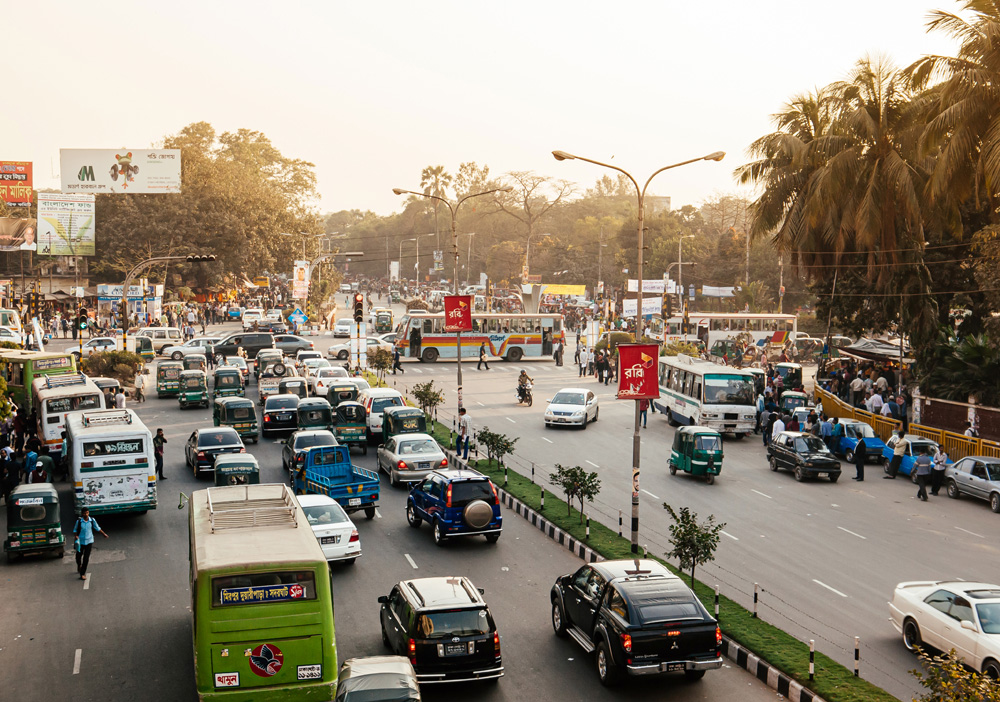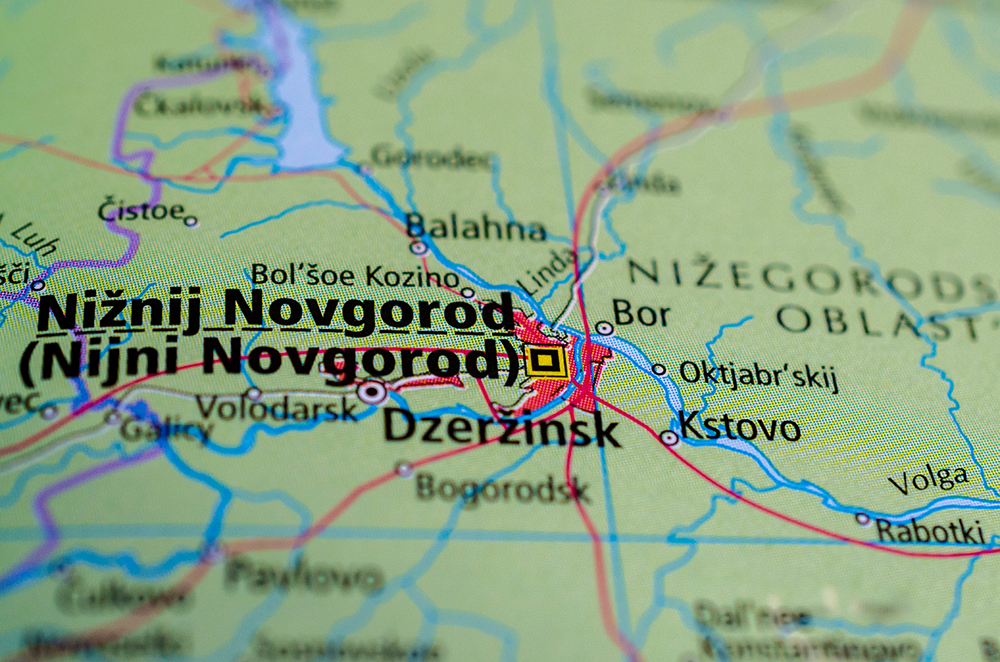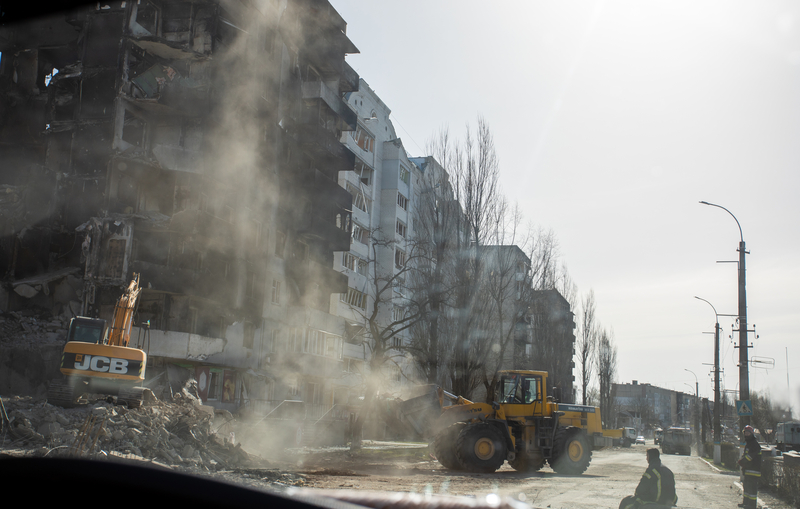
If roads are the lifeblood of a nation’s social and economic health, then Ukraine is slowly bleeding to death. However, it is hoped that a plethora of western agencies and internal government reorganisations will help Ukraine stem the haemorrhaging. They are sharing information to assess damages and then prioritise projects and funding.
Before the invasion, and even before the 2014 annexation of the Crimea by Russia, there was investment from the European Bank for Reconstruction and Development (EBRD) and the European Investment Bank (EIB) to improve the nation’s notoriously poor road system. Bad quality control, little use of modern construction methods and a lack of good quality materials affected road design and construction.
Fortunately, though, before the current hostilities started, the national road agency Ukravtodor - like many national agencies - was undergoing reviews to bring its policies and actions into line with international standards, especially those of the European Union. This includes road design, project tendering and construction methods.
But because the war continues, their work is like aiming at a moving object. Destruction occurs daily. Just what are the latest damage estimates to the economy and major economic sectors?
The damage done
As of February 2023, the total amount of damage caused by Russia to Ukraine’s infrastructure was estimated at $143.8 billion (at replacement cost), according to experts from the Kyiv School of Economics. Together with the Office of the President of Ukraine and the Ministry of Economy, the school set up the “Russia will pay” project. The aim is to collect information about damaged and destroyed objects. Data is collected from institutions and businesses but also from information logged onto an open website by anyone wishing to report their losses.
According to the school’s data - and perhaps as to be expected with indiscriminate bombing - the highest damages occurred in housing and commercial building stock, estimated a $53.6 billion. The second highest sector for damage was infrastructure, at around $36.2 billion. During this time, more than 25,000km of state and local roads, as well as 344 bridges and overpasses were destroyed or damaged. However, 78 bridges or overpasses on state-owned roads were restored, although most them far from the eastern front lines of hostilities.
Another agency’s analysis suggests total direct damage, as of December 31, 2023, was almost US$152 billion, with housing, transport, commerce and industry, agriculture and energy the most affected sectors. This is according to the Third Rapid Damage and Needs Assessment (RDNA3), jointly developed by the World Bank, government of Ukraine, European Commission and the United Nations.
The total cost of recovery and reconstruction are estimated at almost $486 billion over the next decade, notes the RDNA3 report. This year alone, the country will need around $15 billion for immediate reconstruction and recovery priorities at both the national and community level. A particular focus will be on supporting and mobilising the private sector alongside restoration of housing, soft infrastructure and services, energy and transport.
Helping the Ukrainian government with finances is the multi-agency Donor Coordination Platform for Ukraine. It was established following a decision of G7 leaders taken in December 2022. Out of offices in Brussels and Kyiv, the Platform works closely with Ukrainian authorities to define, prioritise and sequence strategic needs in line with Ukraine’s reform ambitions, all with the eventual goal of the country applying for European Union membership.
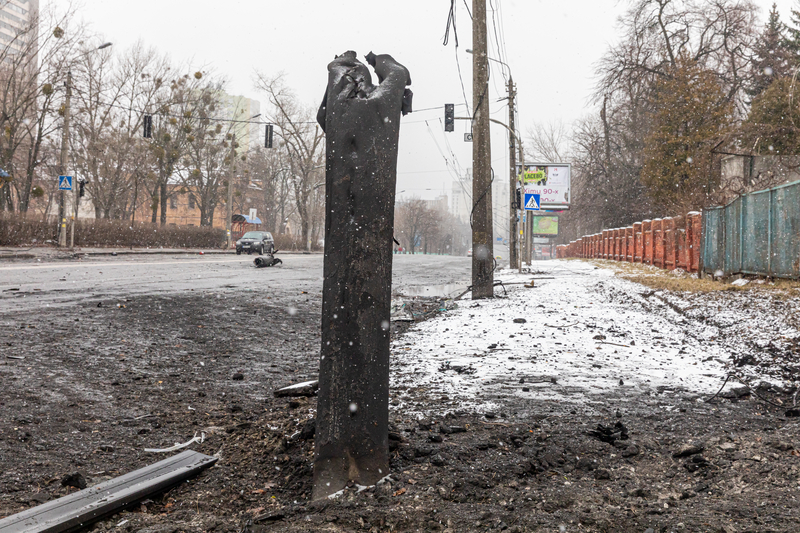
Support Teams
Meanwhile, to help Ukravtodor operate more like a European agency, embedded within it is a Recovery and Reform Support Team, one of many such Support Teams in various government departments and agencies. Apart from Ukravtodor, the ministries include infrastructure, finance, economy, education/science, communities/territories, customs and environmental protection.
Recovery and Reform Support Teams (RSTs) - groups of Ukrainian experts, hired from outside the public administration – are currently embedded in eight ministries and agencies to help implement sectoral reforms. The teams are also there to help establish a new generation of reform-oriented Ukrainians motivated to enter public service in support of change and modernisation of government at all levels. They provide targeted, temporary expert support to assist ministries and agencies in the design and implementation of priority sectoral reforms and restructuring of the ministries and agencies themselves.
Along with this, in 2022, Ukraine’s ministry of infrastructure moved ahead with contractual reforms for road works in line with western European norms. The ministry approved methodology for determining the cost of road works that should lead to more transparency and less risk for participants. The reforms, which came into force in October 2022, include the use of exclusively fixed prices, international measurement methods (primarily CESMM), prices of materials from transparent databases, bills of quantities (BOQ) and prices from databases of analogous objects (see below: UNITE replies)
CESMM, the Civil Engineering Standard Method of Measurement - commonly known as CESMM3 - sets out a procedure for the preparation of a bill of quantities for civil engineering works, for pricing and for expression and measurement of quantities of work.
Unity with UNITE
Even before 2022, in November 2021 a law was adopted that gave the ministry the authority to reform the pricing system in road construction. At the time, UNITE, the Ukrainian Infrastructure Association, welcomed the government’s efforts. “The ministry of infrastructure of Ukraine has implemented a comprehensive reform whose time has come,” said Ihor Samokhodskyi, executive director of UNITE. Established in 2021, UNITE is a non-governmental organisation that advises government agencies and departments on the best solutions for the development of Ukraine’s infrastructure.
“The changes will benefit the effective recovery of road infrastructure in Ukraine,” Samokhodskyi said at the time. “Pricing for road reconstruction will meet international standards, which is reasonable for donors and international players. Society will benefit from greater transparency and reduced corruption risks. This reform can become an example for other areas of construction for public funds.”
According to the new methodology, using CESMM or BOQ should lead to easy comparison of prices between facilities, increased competition, as well as reduction of corruption risks in the bidding process and acceptance of completed works.
The methodology provides for the exclusive use of fixed prices. When signing the contract, the price is fixed with a clearly defined cost of works measured according to the international or Ukrainian method. Each work is evaluated by an aggregate cost indicator. This reduces the risk of manipulation with prices after signing the contract.
But UNITE also issued a warning earlier this year that payment delays by the Ministry of Finance to private construction and consultancy companies are threatening to disrupt efforts to restore critical infrastructure. As of April this year, just over US$505 million was owed to businesses repairing roads, bridges, dams, energy facilities and water supply systems - the assets most crucial for the nation’s security and economy.
“The non-payment of debts by the state today not only undermines current operations but also threatens future efforts to restore and protect infrastructure,” said Samokhodskyi. “Who will restore the facilities tomorrow if we do not pay for the work done yesterday? We urge the Ministry of Finance to fulfil its obligations to the infrastructure sector as soon as possible. Resolving these issues is vital to ensure that companies can continue their critical work in the future.”
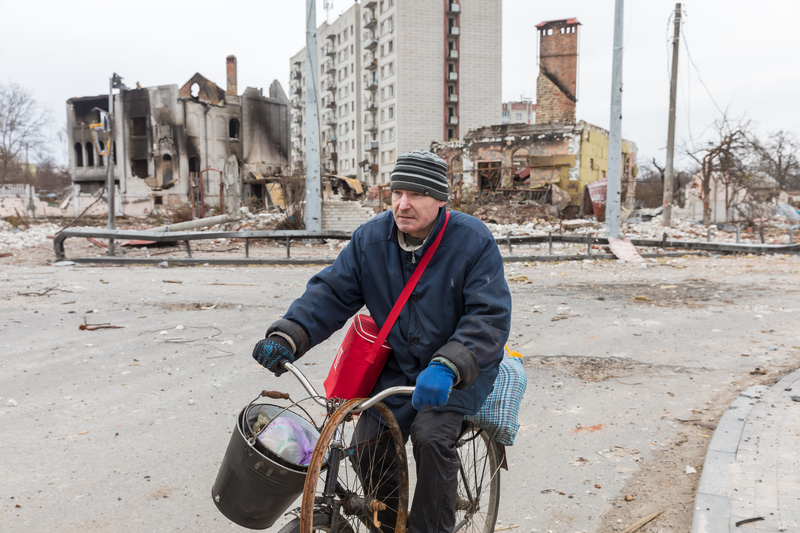
Make roads safer
It’s one thing to reconstruct roads. It’s another thing to make them safe, at least by European Union standards. But having safer roads also means having safer drivers and the Ukraine has a poor record prior to the start of the Russian invasion, according to data collated by the World Bank. Changing driver behaviour as well as improving general road designs is what is needed. This could be a big ask in a country that before the war had around 4,000 road deaths annually.
Improving road design and safety standards requires the collection of big data. To this end, it was announced in February that the Eastern Partnership’s (EaP’s) Regional Road Safety Observatory was now operating, based in Tbilisi, Georgia. Eastern Partnership, EaP, is an agency set up by the European Union and the six countries – Armenia, Azerbaijan, Belarus, Georgia, Moldova and Ukraine - in 2009. It is funded by the European Commission with support from the World Bank and is dedicated to the global target of reducing road traffic deaths and injuries by 50% by 2030 across the EaP countries.
To achieve this goal, the EaP initiates the sharing of best practice and the exchange of data to establish a foundation of evidence-based approaches to road safety. The modus operandi is to enhance the capacity of EaP countries in data collection, reliability and analysis - crucial for informing road safety policy development. While the Observatory will centralise some country-level data, its primary role is to act as a catalyst for the development or reinforcement of national road safety data collection, management and analysis systems, encompassing key road risks beyond crashes. All of this means opportunities for intelligent transportation systems suppliers whose products monitor road use and traffic levels as well as road and bridge deterioration
Whatever the outcome of Russia’s invasion of Ukraine, international support will be needed for reconstruction. A series of Ukraine Recovery Conferences has been going on in various western cities to boost confidence in potential investors and contractors. But what Ukraine must provide as a quid pro quo for international investment to rebuild its physical infrastructure is a reformed legal and bureaucratic infrastructure.
Indeed, only as recently as 2020 were there allegations in the news of embezzlement by Slawomir Nowak, a former head of Ukravtodor, concerning money earmarked for road repairs. He left Ukravtodor in late 2019 after completing his three-year term and returned to his native Poland. Such allegations make international business partners nervous. The aim of any reforms within Ukravtodor must be to assure financial transparencies and a fair and timely return on the investments for domestic and international contractors.
Meanwhile, the war drags on and infrastructure destruction continues. Until this ends, Ukrainian road authorities, with military help, will continue to be the workboots-on-the-ground when it comes to keeping the transportation network open. Reconstruction with foreign contractors’ help will be forthcoming only when these international engineering firms deem their investment – and workers lives – will be safe.
The size of it
The country of around 34 million people, officially consists of 24 oblasts – translated as regions or provinces – as well as the Autonomous Republic of Crimea and with that, the federal port city of Sevastopol. The capital city Kyiv, or Kiev, has a population of around 3 million and the metropolitan area around 3.5 million.
However, the Crimea, including the strategic port of Sevastopol, was annexed by Russia in 2014. The current war has seen four oblasts in the east occupied by Russian forces – Luhansk, Donetsk, Zaporizhzhia and Kherson, which borders the Crimea. The Isthmus of Perekop connects the Crimean peninsula to Kherson Oblast on mainland Ukraine.
The invasion by Russia in February 2022 was the largest attack on a European country since World War II. Initially, Russian forces pushed into eastern Ukraine as well as from the north, to the outskirts of the capital Kiev. Since then, the Russians have been pushed back to their occupied territories towards the eastern border … and that is where the situation rests as summer 2024 continues.
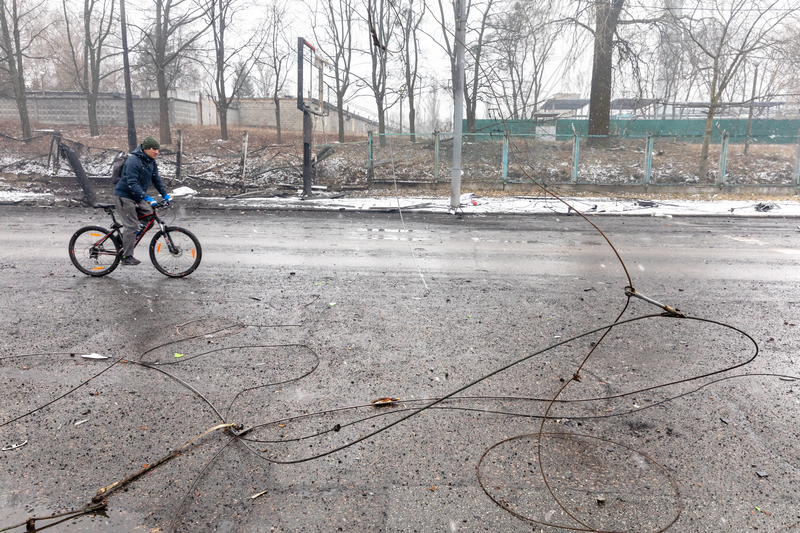
UNITE replies
In response to questions put forward by World Highways, UNITE confirmed that some of its members are experiencing late payment issues. Indeed, one recently announced that the state owes his company more than $302 million. However, UNITE said the reasons for this situation can often lie in how the government is allocating payments in accordance with its budgetary processes, especially now that the country is at war.
With the level of emergency works rising daily, this problem has intensified, according to UNITE: “Delays can be caused by disputes over the signing of certificates of completion, which trigger budgetary financial obligations, as well as by the late approval of budget programmes or the lack of allocated budget funds.”
Foreign investment?
UNITE says that it is not aware of any cases of new large foreign contractors participating in reconstruction projects. “We cannot reliably point out the reasons for this, as this would require a survey among such contractors. For our part, we are working to change this. In particular, together with the Ministry and the Agency for Restoration, we have implemented a pricing reform that extended the use of CESMM4 into Ukraine.”
In early 2023, the government created a new agency based on Ukravtodor and the State Agency for Infrastructure Projects: “The new Agency for Restoration has been given broader powers and responsibilities. It is now responsible not only for road infrastructure, but for recovery projects in general. This includes rebuilding destroyed housing and protecting as well as just rebuilding other critical infrastructure.”
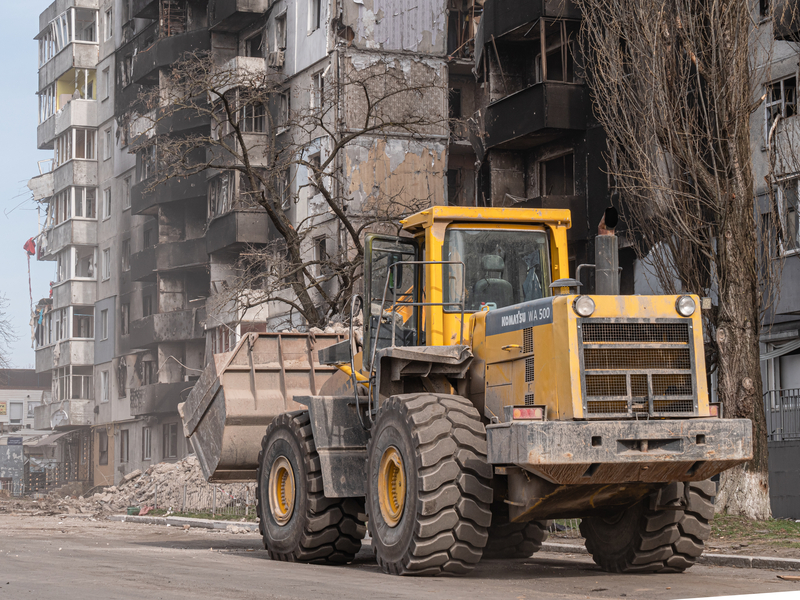
Uncertainty
The new agency, however, operates under the pressures of uncertainty, urgency and limited funding: “Thus, in the 2024 budget, Parliament decided to redirect almost all of the road fund to the needs of defence. However, even in such circumstances, the agency actively ensures both the implementation of specific reconstruction projects and the development of methodological documents, in particular, on the framework for public procurement in its field. Towards this goal, we help to create balanced regulation and participate in the development of normative documents.”
UNITE also acknowledged that every citizen must show courage to survive and help their country: “Many road workers have directly joined the ranks of the Ukrainian armed forces, while others continue to provide mobility for the movement of military and civilian goods and people. This work involves risking their lives as well.”





